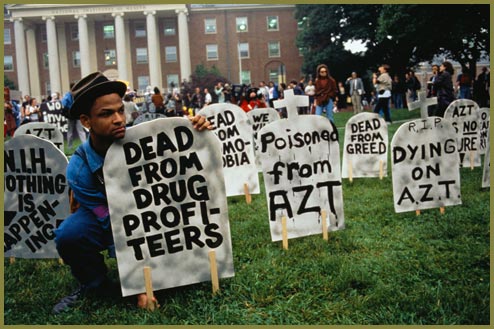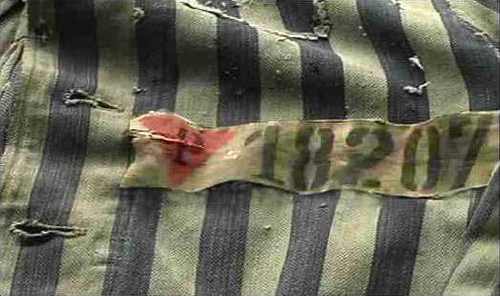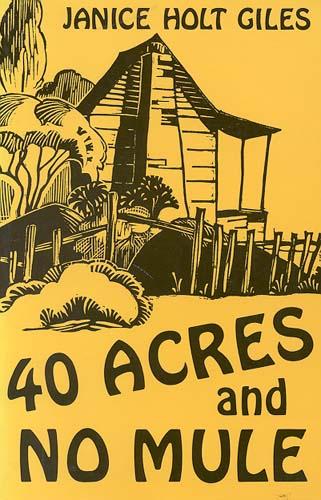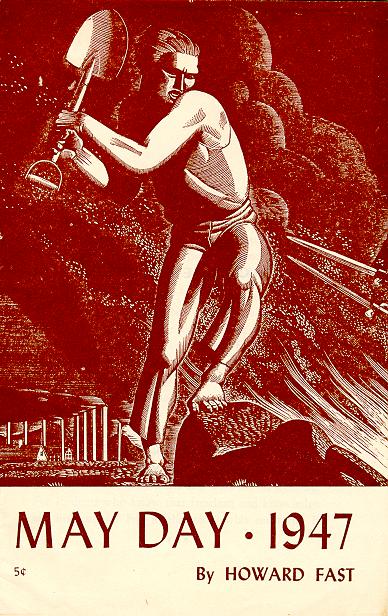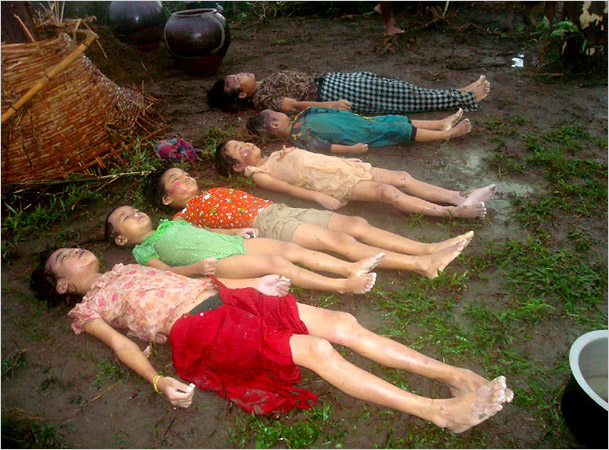
this too is our backyard
In the twenty-first century the entire world really has become our "backyard" and along with its beauty and energy, there is also much unnecessary misery and death everywhere in that yard. Provincial fears and mindless censorship cannot reconstruct fences around the familiar, confined spaces which now open onto a much larger world, nor can they make the misery and death go away.
Susan Dessel's sculpture, "OUR BACKYARD: A Cautionary Tale" has been censored by its current host, the Long Beach Island Foundation for Arts & Sciences [LBIF]. She had been invited to participate in its current Artist Residency and Retreat Exhibition, titled "ART CONCEIVED SINCE SEPTEMBER 11". Support from the Foundation for Contemporary Arts (NYC) made Dessel's participation in this exhibit possible. On the eve of the show's May 3rd opening LBIF Interim Executive Director Chris Seiz told the artist that he had been advised by some LBIF members that they found the piece offensive and were considering ending their support of foundation. In the hours prior to the opening Dessel's installation was walled off from the rest of the gallery. Visitors who now wish to see the concealed work must first step across signage warning that them that the piece may upset or offend.
The artist has released a statement:
"OUR BACKYARD: A Cautionary Tale" was an opportunity for me to re-imagine the world as I understand it: our shared backyard. Despite the expression of dispiriting conditions found in my work, underlying it is a robust sense of hope that it might encourage viewers to consider their own role in transforming the community - local and global - through their actions and inaction.
Dessel describes LIBFs transformation of the piece as having turned the artist's fundamental intention on its head, since it now represents our containment and continual isolation from the outside world.
This profoundly moving large-scale work was first seen at a show Barry and I curated at Williamsburg's Dam, Stuhltrager Gallery in September, 2006. It was a site-specific installation which the artist described as a response to wide-spread images of violent death in many parts of the world. The work has been fundamentally altered with the decision to wall it in during the current show in New Jersey. Dessel sees the LIBF's restriction of her expression as an artist as raising the new and separate issue of the role we permit art in our society generally.
It 2006 was installed in the "backyard" of the gallery in Brooklyn. There were no warnings posted, and it managed to attract more positive attention from visitors and press (both old and new media) than any other work in the group show.
The picture at the top of this entry was taken only a few days ago. It is not an image of a sculpture. Nor were any of the other horrific news images we have seen in our lifetimes from New Orleans, Jonestown, Haiti, and Cambodia, from Lebanon, Israel and Palestine, from Sarajevo, Darfur, Argentina, Sudan and Rwanda, and of course from Afghanistan and Iraq. Dessel's "OUR BACKYARD" addresses our response to all of these tragedies and too many more, perhaps with the hope that if it helps us to engage in their reality with a shared humanity the world might do a little better going forward. I cannot begin to understand how people accustomed to viewing the horrors presented on what passes for ordinary entertainment on large and small screens today could possibly be upset or offended by twelve carefully-assembled shapes wrapped in sandbag tarp and lying on fresh sod.
I'd like to think we could do better, but the kind of censorship being exercised by a gallery in southern New Jersey this month is hardly unique even in the art world, and it's certainly of a piece with the bowdlerization which has been standard media practice in this country for decades. It's no wonder we continue to do so little to help prevent or ameliorate, and in fact contribute so much ourselves to creating, the catastrophes which litter our global backyard.
The Long Beach Island Foundation for Arts & Sciences is celebrating its sixtieth anniversary. I can't know the motives behind its censorship of Susan Dessel's art, but it's unfortunate that so many of us will have first come to know the LBIF not for patronage of arts or science but for institutional behavior not worthy of an amateur craft club in Colorado Springs, and at this juncture that analogy may do a disservice to the city popularly considered the most radically "conservative" in the nation.
The images which appear below show Dessel's installation before the curtained wall was in place, after it was installed, the sign at the entrance to the curtain baffle, and finally what it looked like inside the enclosure.
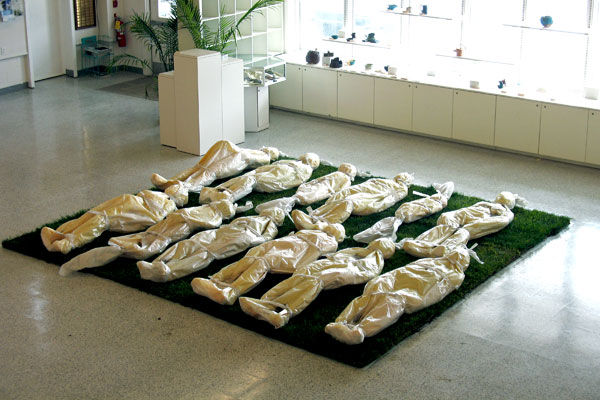
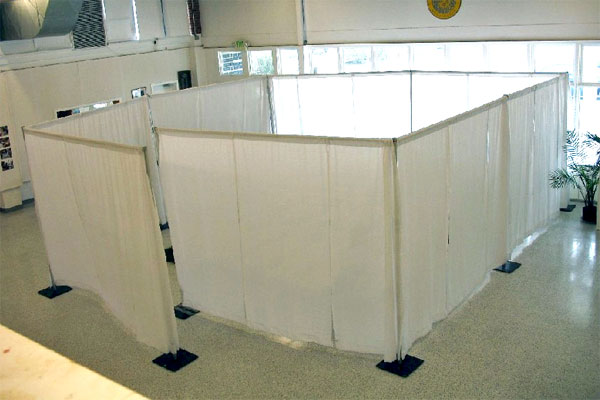
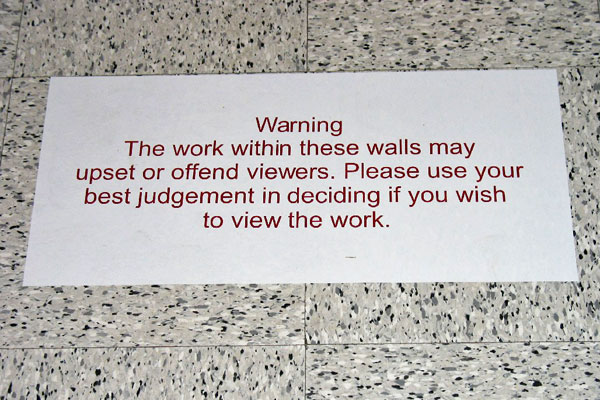
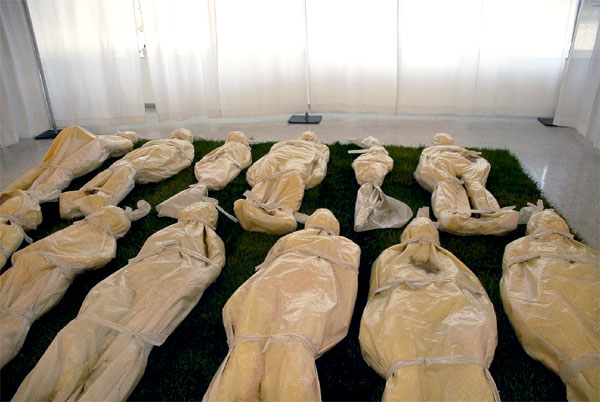
[Burma image from European Pressphoto Agency via NYTimes; remaining images courtesy of the artist]
